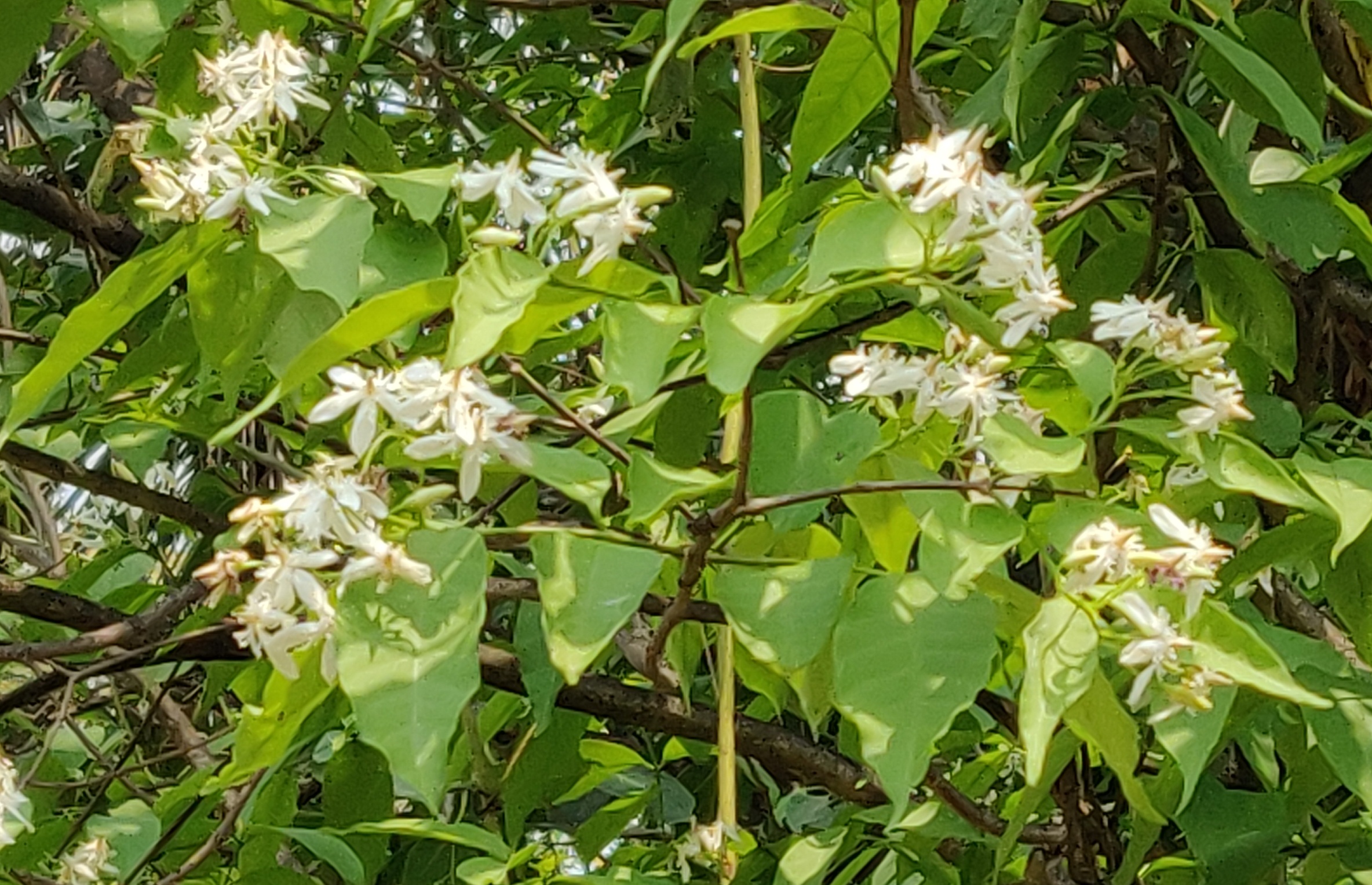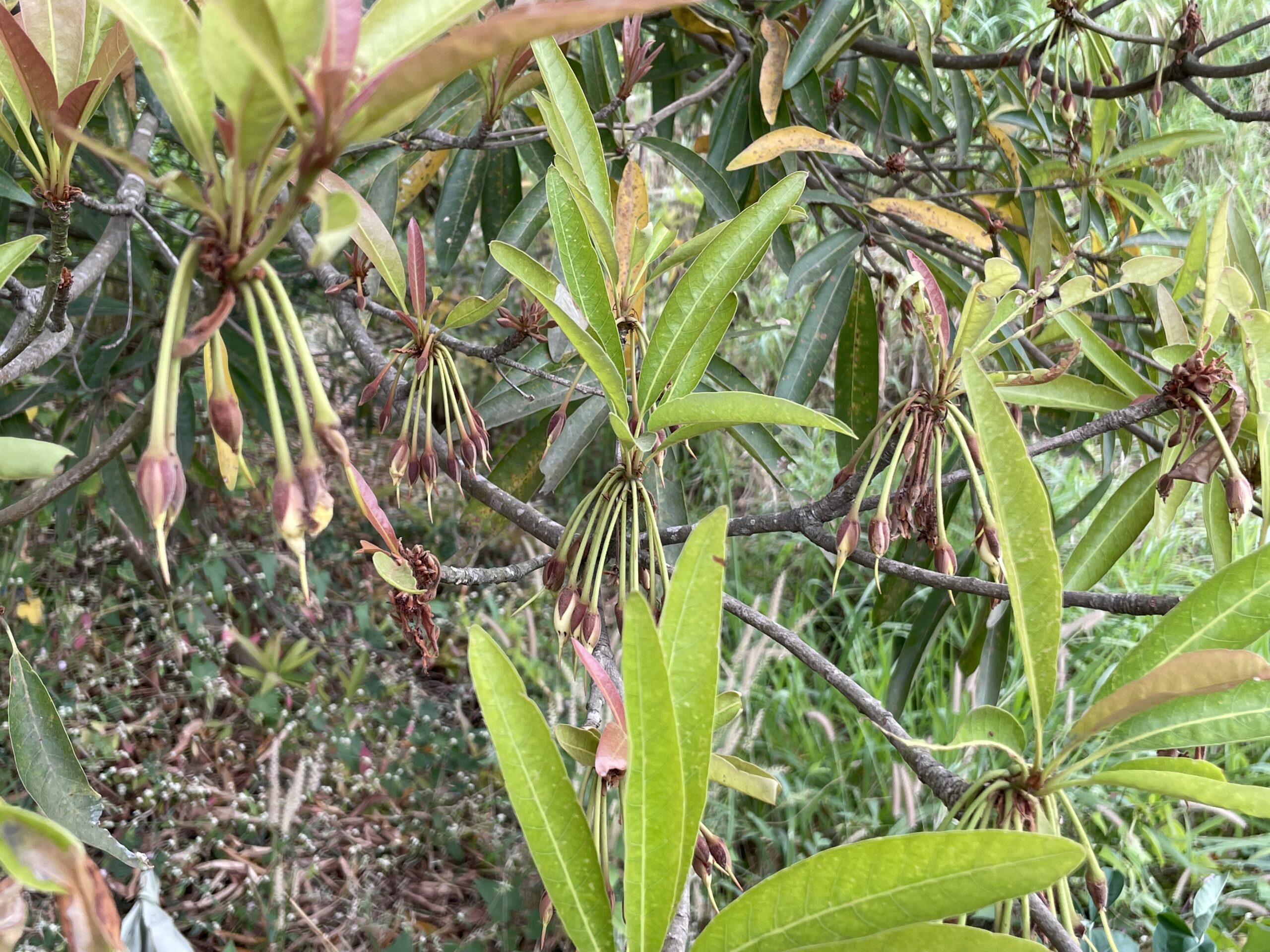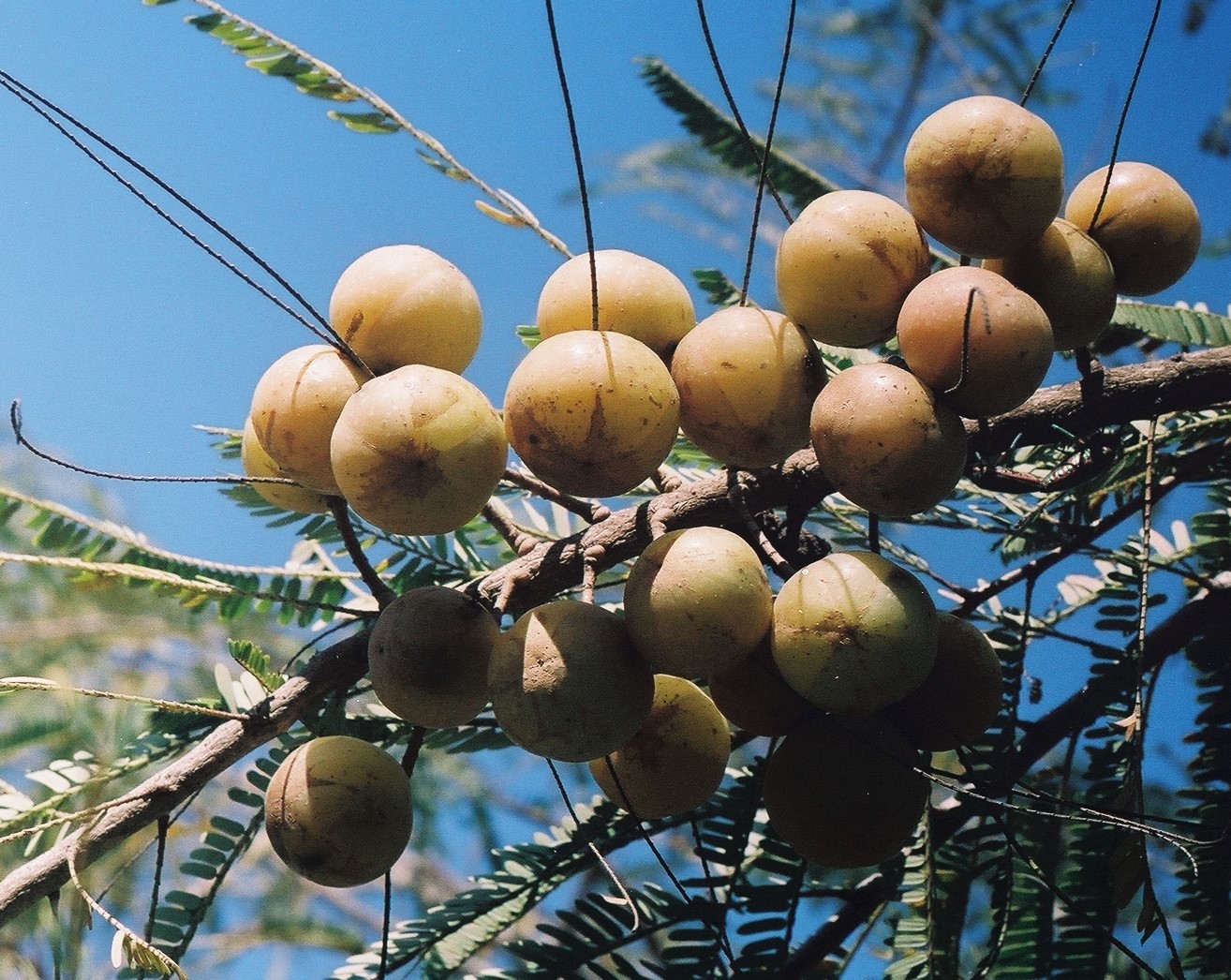Week and Your Plants – July 10 to 16
Zodiac Sign : Gemini / Midhunam

Wrightia tinctoria (ദന്തപ്പാല) - Apocynaceae
A medium sized attractive tree with oval crown, white latex drooping branchlets profuse white flowers and slender elongate fruits joint at the distal end. Seeds with papus hairs. A much-reputed tree for its medicinal use in skin care and Psoriasis. Other uses: The white wood is used for turnery, carving, toy making, matchboxes, small boxes, and furniture.
July 10, Monday : Revathy : Madhuca longifolia (ഇലിപ്പ) - Sapotaceae
It is an evergreen multipurpose tree with with dense crown and leaves crowded at branch tips and milky latex, that is very important to the local economy, supplying a range of foods, medicines and other commodities. Flowers and fruits are edible. An oil extracted from the seed is used both as a substitute and an adulterant of ghee. Seeds are used in rheumatism and skin infections.
July 11, Tuesday : Aswathy : Strychnos nux-vomica (കാഞ്ഞിരം ) – Loganiaceae
It is a medium-sized tree with a dense, rounded crown and opposite shining green leaves which have prominent three to five nerves from base. Fruits with hard rind orange yellow in colour having discoid large grey seeds. It has long been used medicinally, even though it is extremely poisonous in all but the smallest doses. It is a rich source of the alkaloid ‘strychnine’. The seeds are used for the treatment of fever, loss of digestive power, neurological problems, skin problems, cholera etc.
July 12, Wednesday : Bharani : Phyllanthus emblica (നെല്ലി ) - Phyllanthaceae
The plant is commonly cultivated in the home garden, especially in India, for its edible fruit and as a medicinal plant. Acclaimed as a good source of vitamin C. Fruits are used for the treatment of haemorrhage, diarrhoea, dysentery, anaemia etc.together with Terminalia chebula (Kadukka) and Terminalia bellirica (Thannikka) it constitutes a well-known Ayurvedic formulation Triphala. Timber also used.
July 13, Thursday : Karthika : Ficus racemosa (അത്തി) – Moraceae
Large deciduous trees with rough leaves and milky latex. The distinctive feature of the tree is the red, furry fruits (syconium) in short clusters, which directly grow out of the trunk of the tree. Fruits are edible. Stem bark, exudate and buds are medicinally important. This is one of the Nalpamaram plants.
July 14, Friday : Rohini : Syzygium cumini (ഞാവൽ) – Myrtaceae
Large evergreen trees with greyish bark and lanky branchlets having opposite glabrous leaves which are slightly thick. The fruits are purplish when ripe fleshy and having a hard seed. They are often cultivated for its edible fruits and also planted as shade tree. Both the seeds and the fruit are diuretic and the seeds also reduce blood sugar levels and are useful in the treatment of diabetes. A good firewood too.
July 15, Saturday : Makayiram : Acacia catechu (കരിങ്ങാലി) - Fabaceae
It is a medium sized thorny tree with peeling dark grey bark and a pair of recurved prickles at the base of the leaf stalk. Flowers yellowish white in elongate spikes. Pods flat brown when ripe having flat seeds. Bark and heartwood are very useful. It is used for skin care, gastric issues, colic diseases, cough, diarrhoea, diabetes etc. It is a source of Katha, which is used in north Indian paan and as mouth freshner.
July 16, Sunday : Thiruvathira : Diospyros ebenum (കരിമരം) – Ebenaceae
It is a slow growing, medium sized, evergreen tree valued for its black wood for thousands of years often exported as fancy wood. The leaves are coriaceous. Male flowers greenish yellow in axillary clusters. Female flowers solitary with four lobes calyx and persistent in fruits as cups with recurved lobes. Fruits subglobose with short beak. It is an IUCN Red Listed plant. Since it is endangered its trade is now banned. Used in medicine as blistering plaster and also in fever etc.















